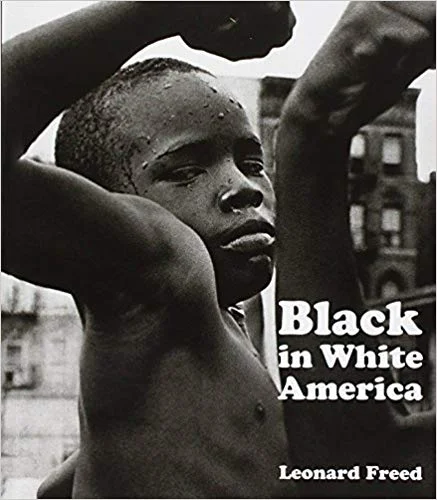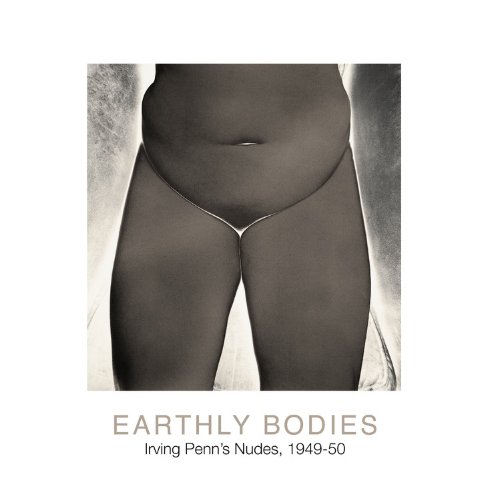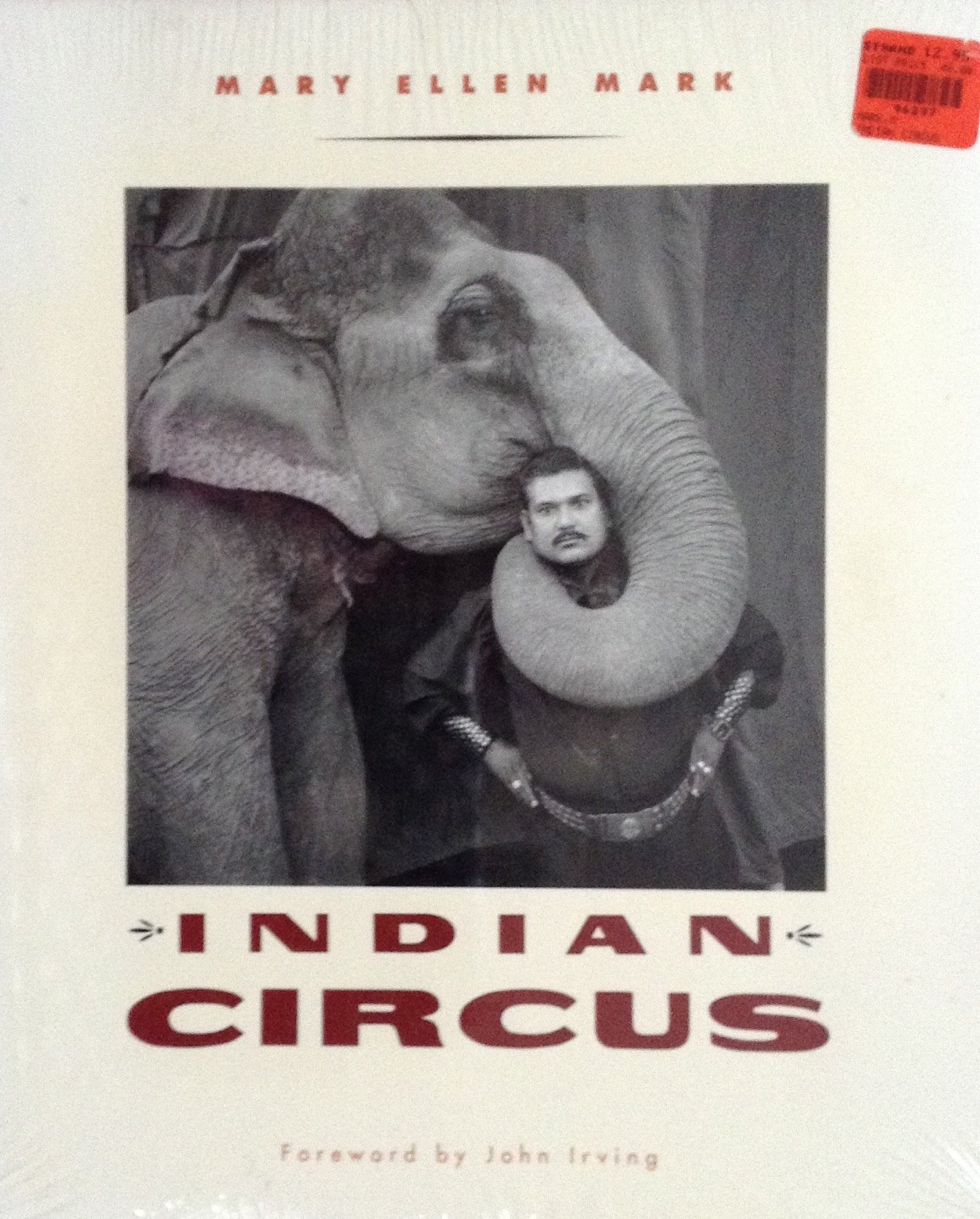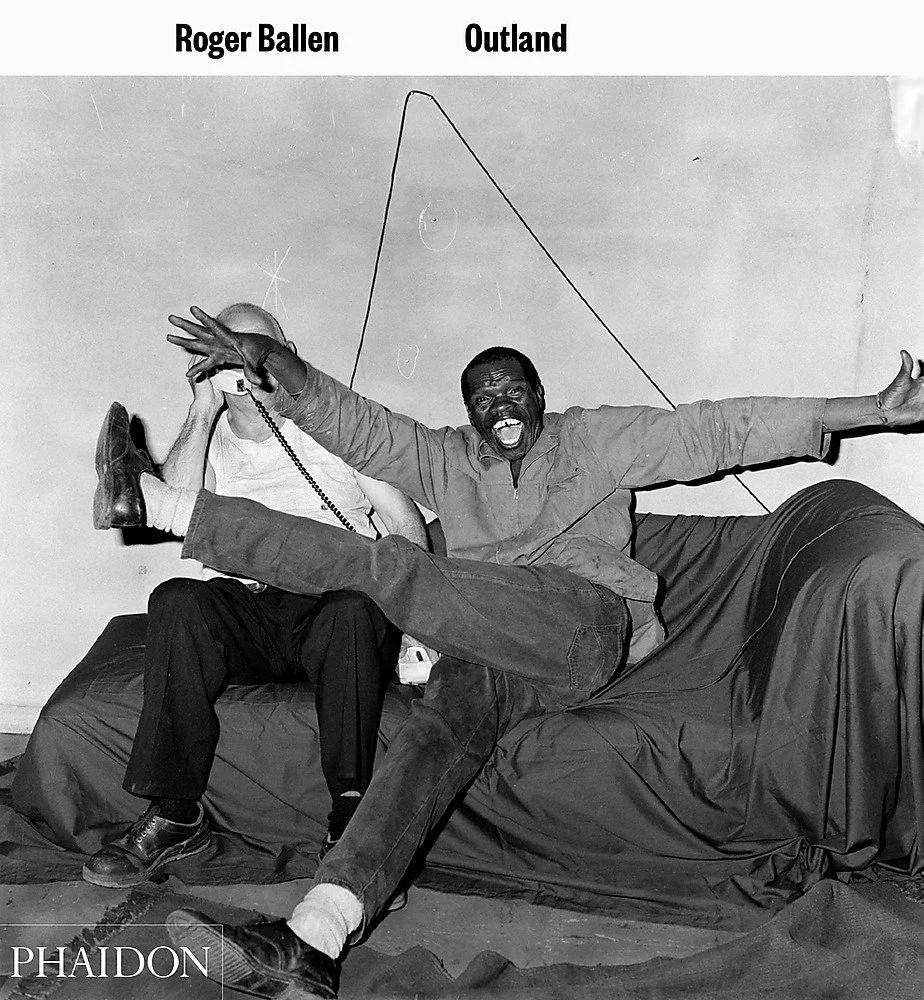Why?
“I just am blown away by the fierceness of her work. Self-portraiture is a classic subject in photography, and she completely came up with something highly original, incredibly fierce, powerful, strong. It has historic references; it has an enormous amount to do with who she is as a person; it's a statement about empowerment. I find these portraits to be riveting.
I look at this book a lot in terms of being inspired by fearlessness. To do something good in art, whether it's photography or any other discipline, you have to shed a lot of inhibition. You have to be fearless. You have to try to embark on some path that you don't know where it's going to take you. I know that sounds like a cliché, but it is that.”
Read More
- Kathy Ryan, Photographer




















